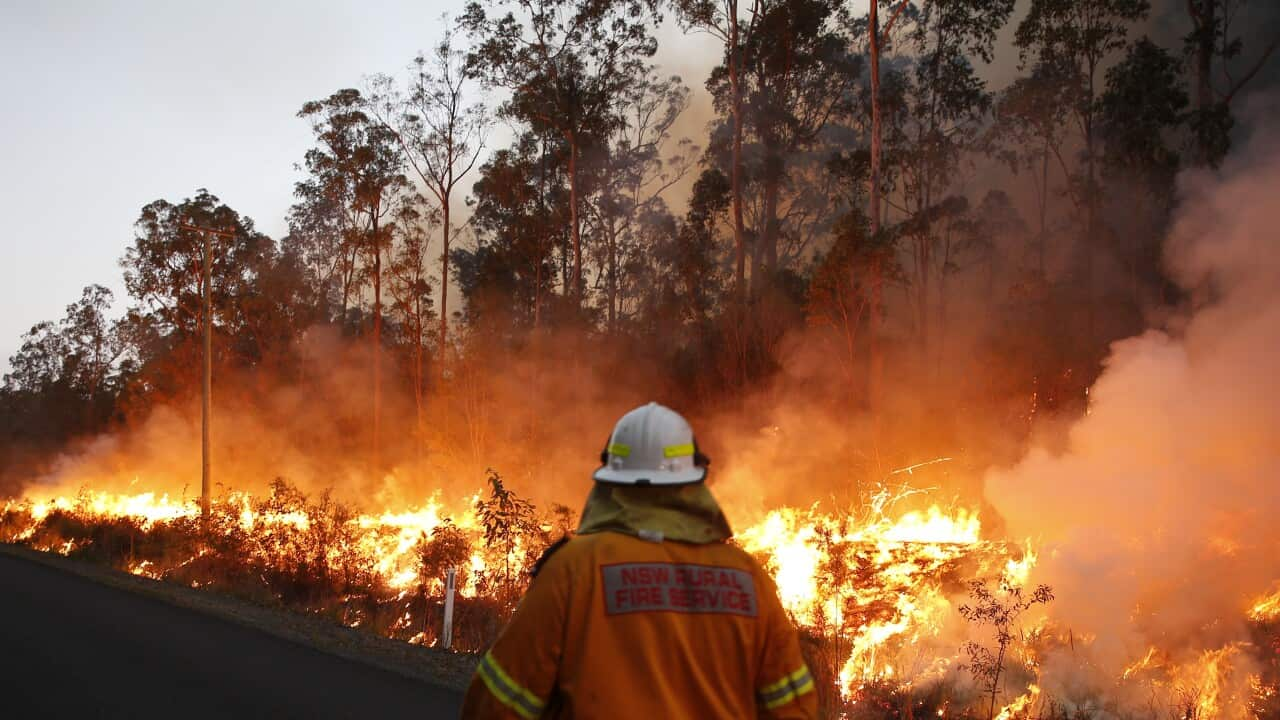Beyond Compliance: Enhancing Property Safety with a Thorough BAL Report Evaluation
Beyond Compliance: Enhancing Property Safety with a Thorough BAL Report Evaluation
Blog Article
How BAL Report Impacts Shrub Fire Security Procedures
In the world of bush fire protection, the Structure Attack Degree (BAL) record stands as an essential tool that dramatically influences the safety and security and resilience of properties in fire-prone locations - BAL Report. The effect of a BAL evaluation expands much beyond plain paperwork; it acts as the keystone for determining the appropriate building and construction criteria and fire protection measures essential to mitigate the risks positioned by bushfires. As neighborhoods grapple with progressively serious fire periods, comprehending just how the BAL report shapes these protective measures ends up being paramount for policymakers, property owners, and contractors alike
Comprehending the Bushfire Assault Level

Significance of BAL Report Assessment

Furthermore, the BAL report evaluation works as a foundational action in abiding with legal responsibilities and requirements related to bushfire security. Local councils and authorities commonly mandate the entry of a BAL record as component of the planning and building approval process to make certain that residential or commercial properties are properly secured against bushfire risks. Falling short to perform a comprehensive BAL record evaluation can result in poor protection actions, leaving buildings vulnerable to ruining bushfire occurrences.
Construction Requirements Based on BAL
A thorough understanding of the Bushfire Strike Degree (BAL) allows homeowner to implement building and construction criteria customized to their specific threat profile. Building criteria based upon BAL are critical in minimizing the impact of bushfires on residential properties. The BAL ranking categorizes the possible danger a building deals with throughout a bushfire on a scale from BAL-Low to BAL-FZ (Fire Area) Each BAL degree represents particular building needs laid out in the Australian Conventional AS3959-2018 Building of Buildings in Bushfire-Prone Areas. Homes categorized as BAL-Low might only call for basic procedures such as removing particles and preserving gardens, while those in greater BAL categories require more robust steps like ash displays, fireproof products, and sealed windows. Complying with these building and construction criteria not only improves the architectural durability of the residential property however Website also enhances the general security of homeowners throughout a bushfire occasion. Home owners need to meticulously consider their BAL rating and comply with the matching construction standards to properly secure their homes and passengers.
Executing Fire Defense Actions
With the foundation of construction standards based upon Bushfire Attack Level (BAL) in position, the focus now shifts in the direction of the functional implementation of fire defense actions to fortify homes against bushfire dangers. Carrying out fire protection procedures entails a combination of passive and energetic approaches to improve the strength of structures in bushfire-prone locations. Passive steps consist of using fireproof building materials, mounting cinder guards on vents, securing gaps in roof coverings and walls, and maintaining a clear room around the residential property without combustible greenery. Active measures include having firefighting tools easily available, such as hose pipes and water pumps, along with creating a defendable space around the property by clearing plants and having a properly maintained garden. In addition, creating an evacuation plan and making certain all residents are aware of emergency situation procedures are vital parts of effective fire protection procedures. By incorporating both passive and active strategies, homes can substantially minimize their susceptability to bushfire incidents and increase the safety of residents.
Safeguarding Homes Versus Bushfires
Properly guarding homes versus the damaging effects of bushfires requires a comprehensive and proactive approach to fire protection actions. In addition, sealing gaps and vents to prevent coal invasion, as well as integrating fire-resistant doors and windows, can help strengthen visit this page the home's defense versus bushfires. By welcoming an aggressive position and integrating these protective actions, homeowners can dramatically increase their chances of guarding their homes against bushfires.
Conclusion
In final thought, the Bushfire Strike Degree (BAL) report plays a crucial duty in figuring out the essential protection procedures versus bushfires. Carrying out fire protection steps based on the BAL record is essential in protecting residential properties from prospective bushfire hazards.
In evaluating bushfire danger to properties, comprehending the Bushfire Assault Level (BAL) is an important reference part for applying effective protection actions. Generally, a clear understanding of the Bushfire Assault Degree is necessary for implementing sufficient protection actions and alleviating the impact of bushfires on residential or commercial properties.

Report this page